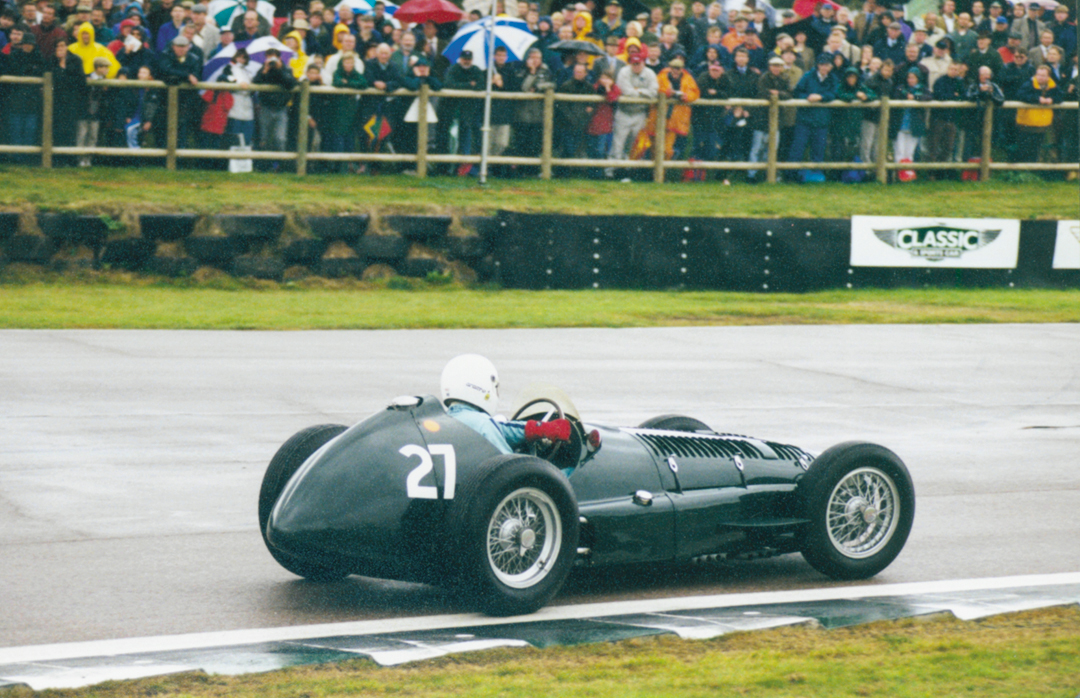When I consider the question of what is, in my opinion, the greatest racecar, I do not necessarily look at the racing success of the car. From a mechanic’s point of view, one looks at the engineering qualities rather than the on-track performance. In my early days, 1950s, the Italian marques were all-conquering with the Maserati 250F and the Ferraris. On closer inspection, these cars were racing machines, but not engineered to that great degree, even to a point where one would think that something had been missed out or added and was not part of the overall design. I would describe them, in relation to the BRM as “blacksmith” engineering. Don’t get me wrong, they served their purpose, which was to race and win. The BRM V16, however, was just a quite remarkable car and was, in my view, quite innovative in its design, structure, and composition. Some of you may not fully understand where I am coming from. Yes, the car was unreliable and it did not have the race-winning pedigree of the 250F or Ferrari. But, as an example of how to build an engineering masterpiece, it passed all tests with flying colors. The team responsible for the car examined closely the concept of designing and building a racing car. If one analyzes the cuta-way drawings, it is easy to appreciate what I am talking about. The biggest problem was how to best harness the V-16 engine and the construction of the tubular chassis. Most of the ideas came from aircraft design and technology. It was a great leap forward for Britain too, looking to somehow develop a bespoke car to challenge for Formula 1 supremacy.
I remember being at Silverstone in May 1950, for the inaugural race of the Formula 1 World Championship. I was a mere spectator in the crowd, and not involved with motor racing at the time. It was a very royal occasion, the King and Queen attended, along with the Earl and Countess Mountbatten. For me, the icing on the cake was to see the BRM driven by Raymond Mays for a few demonstration laps. I remember the hair on the back of my neck standing up as the sound of the engine roared passed. It gave us all a great feeling of achievement and expectation. However, as history books and I can tell, it suffered the most absolute ignominy in failing. Unfortunately, that is the tale—that it underachieved with remarkable success. In fact, many commentators would say that the overengineering was the cause of most of the problems.
No Subscription? You’re missing out
Get immediate ad-free access to all our premium content.
Get Started



